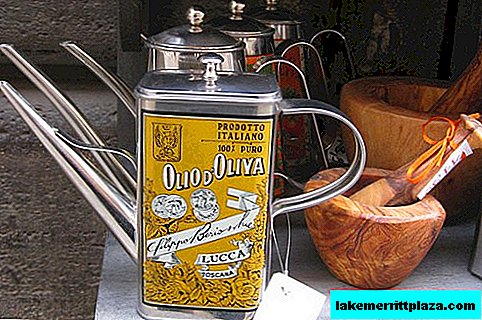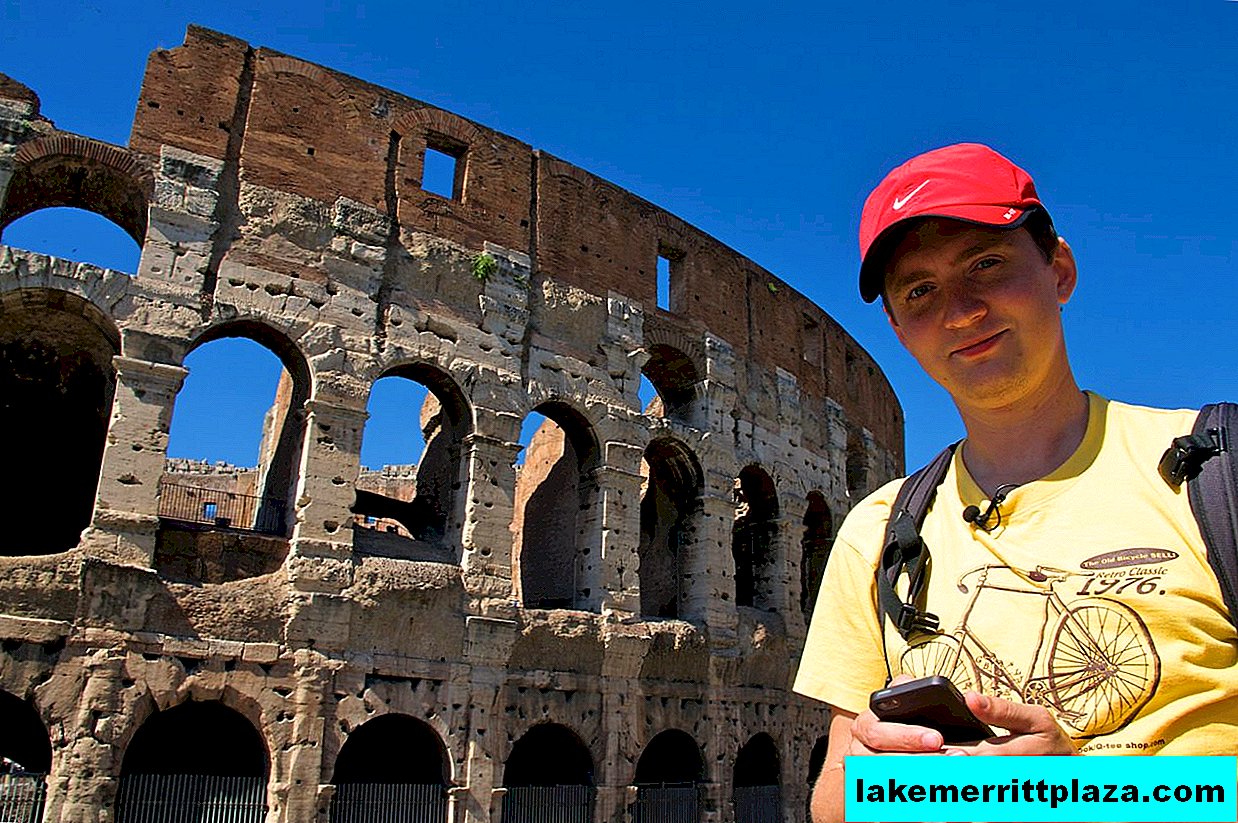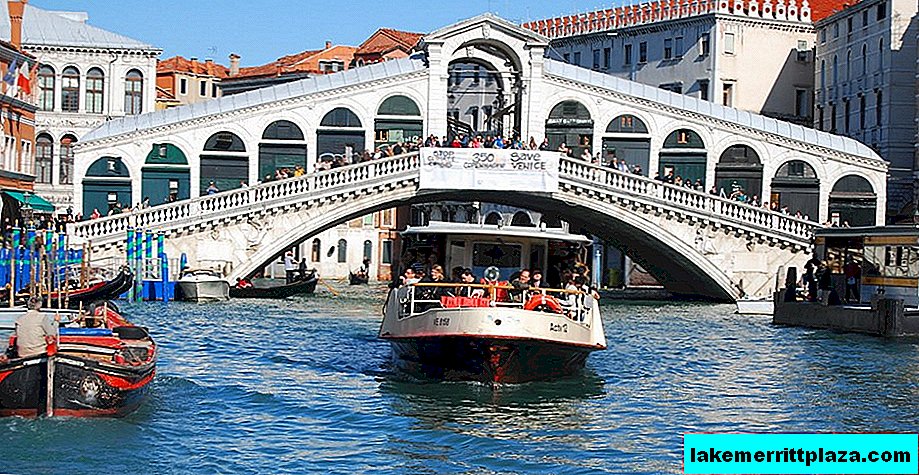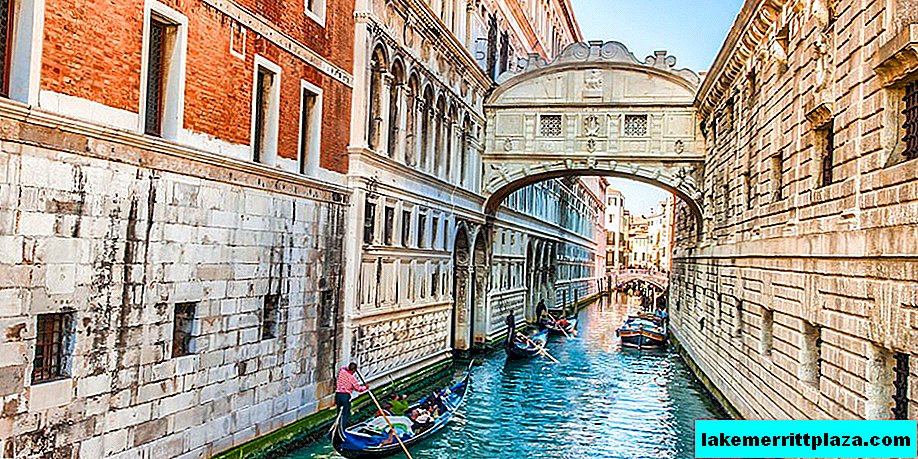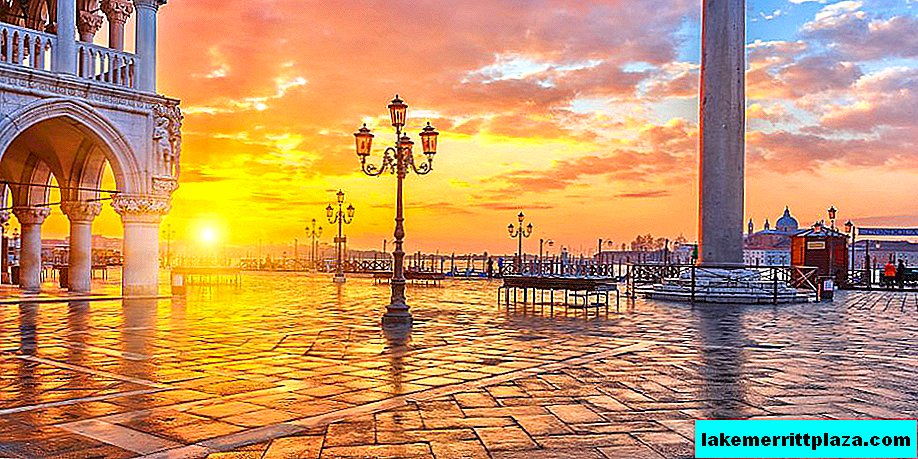Hiking trails in Naples always begin at the Referendum Square (Piazza del Plebiscito), where the San Francesco di Paola Church is located. Built in 1836, at the behest of King Ferdinand I Bourbon, the building faces the Royal Palace.
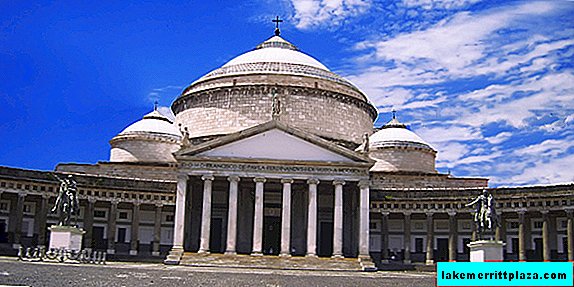
A magnificent example of Italian neoclassicism attracts tourists with its elegant architecture and rich interior decoration.
The idea of building a church came to Ferdinand I of Bourbon at the moment when he defeated the French and liberated the lands they had seized. Having regained the throne, the monarch decided to perpetuate his triumph with the construction of a new temple. The church was dedicated to Francis of Paola, the patron saint of Calabria, the birthplace of the French Bourbons.

In 1816, construction began on the basilica of San Francesco di Paolo. Swiss architect Pietro Bianco was chosen as the architect of the Catholic church. The project was based on the famous Roman Pantheon. Bianco supplemented it with an extended colonnade, beautifully framing the area of Plebiscito.
Building

The neo-Gothic rectangle of San Francesco di Paolo is crowned by a 53-meter dome lying on 34 columns of the Corinthian order, the trunks of which are carved from Mondragone marble. In front of the portico, following the example of the square, there are statues of two kings - Charles Bourbon III (Charles III de Bourbon) and Ferdinand I, made by Antonio Canova (Antonio Canova). The facade of the portico consists of 6 columns and 2 pilasters made of white Carrara marble. On them lies a transverse beam (architrave), on which an inscription is embossed, indicating who the church is dedicated to.
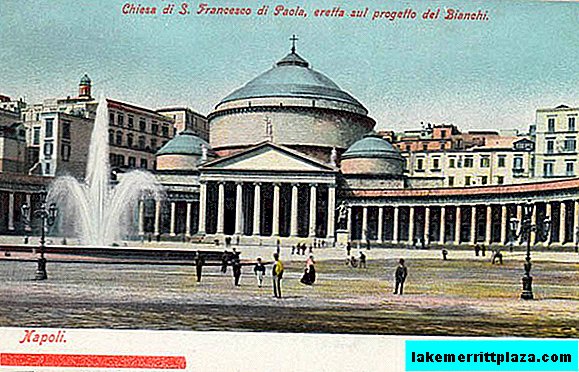
The construction took place in several stages. In 1816, the foundation stone of the building was laid. The design of the facade of the portico and galleries was completed only in 1824. The decoration of the interior of the monument lasted until 1836. In the same year, invited to the opening of the temple, Pope Gregory XVI solemnly consecrated the magnificent structure. Avoiding ruin and destruction, it is safely preserved to this day.

As conceived by Ferdinand, San Francesco di Paolo was to become the main church of Naples. The wishes of the king were embodied in a magnificent dome, the works of famous artists and sculptures, in an unusual architectural design of the building. Along the perimeter of the rotunda, in the galleries, sculptural images of 4 earthly and 3 theological virtues are placed. In the right chapel of the hall is an early creation by Luke Giordano's brush "Saint Onufriy for Prayer."

Under a gigantic arch, in the center of the hall, stands a stone altar richly inlaid with lapis lazuli. It is much older than the building itself, since Anselmo Cangiano was created in 1641. In 1835, the old altar left the church of the Holy Apostles (Santi Apostoli) and received a permanent residence permit in the main shrine of the city. Gilded figures of angels are installed on its sides, and the walls of the throne are painted with frescoes.
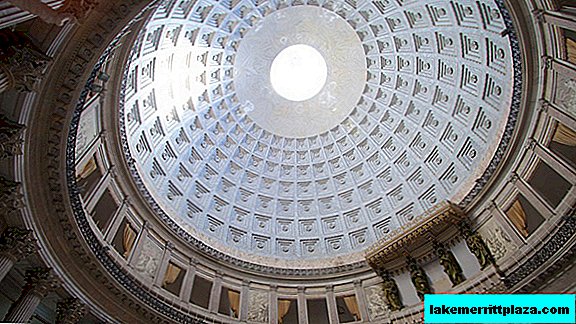
Most of the picture is devoted to episodes from the life of St. Francis. The sacristy of the temple uses the works of Anthony Campi "Circumcision" (16th century) and Gaspar Landi "Immaculate" (18th century). Designated as a historical landmark of the city, the church of San Francesco di Paolo has not lost its religious significance in our days: it is used for various celebrations and festivals dedicated to calendar Catholic events.
How to get there
Near the square is the Piazza Amedeo metro station. A kilometer from the basilica is the Naples maritime station. The church is open during the day, admission is free.


